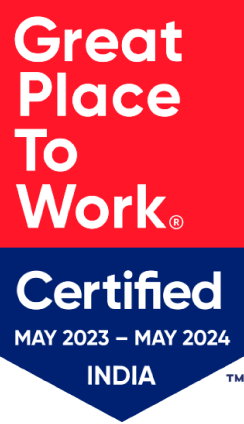Civil/Heavy Construction
The most common examples of civil/heavy construction are infrastructure works. Bridges, airports, tunnels, railways, canals, highways, transit systems, dams, pipelines, and wastewater treatment plants
are all excellent examples of this type of work. These projects are typically publicly owned, with the most common exceptions being small, privately owned airports, transit systems, and roads. Some
general contractors specialize in civil construction, while others will employ a civil engineer full-time for the duration of a project to be on the job site regularly. As with industrial
construction, the ability to access and share drawing logs, daily field reports, submittals, and project issues in real-time is crucial. When projects are government-owned, certified payroll,
certificates of insurance, surety bonds, and the ability to easily adhere to strict compliance management protocols and documentation are a must.





































